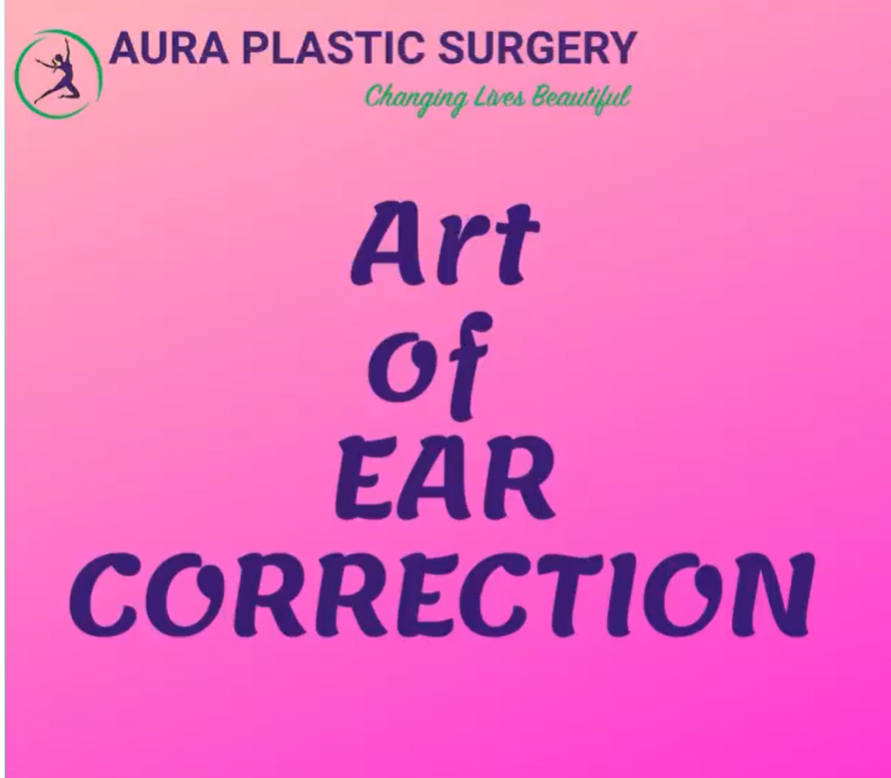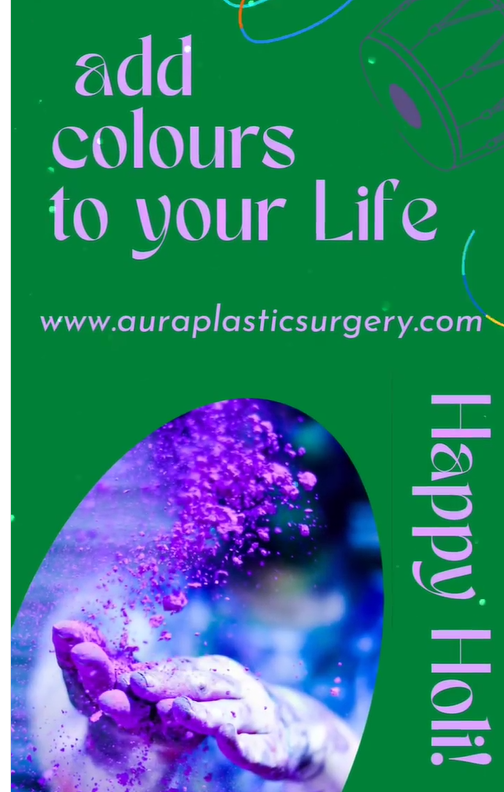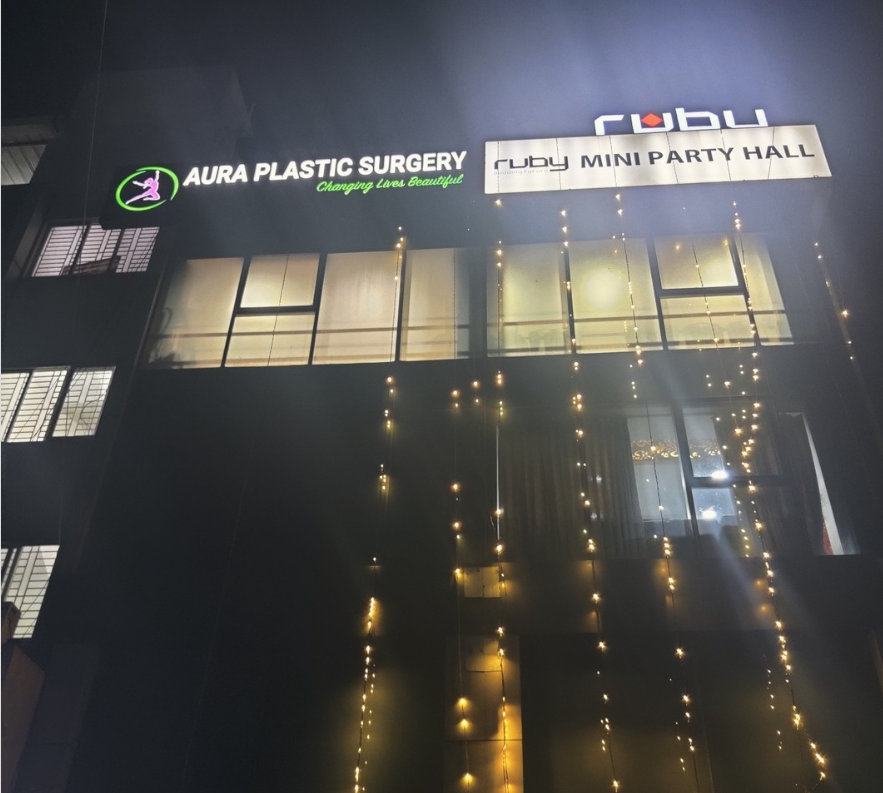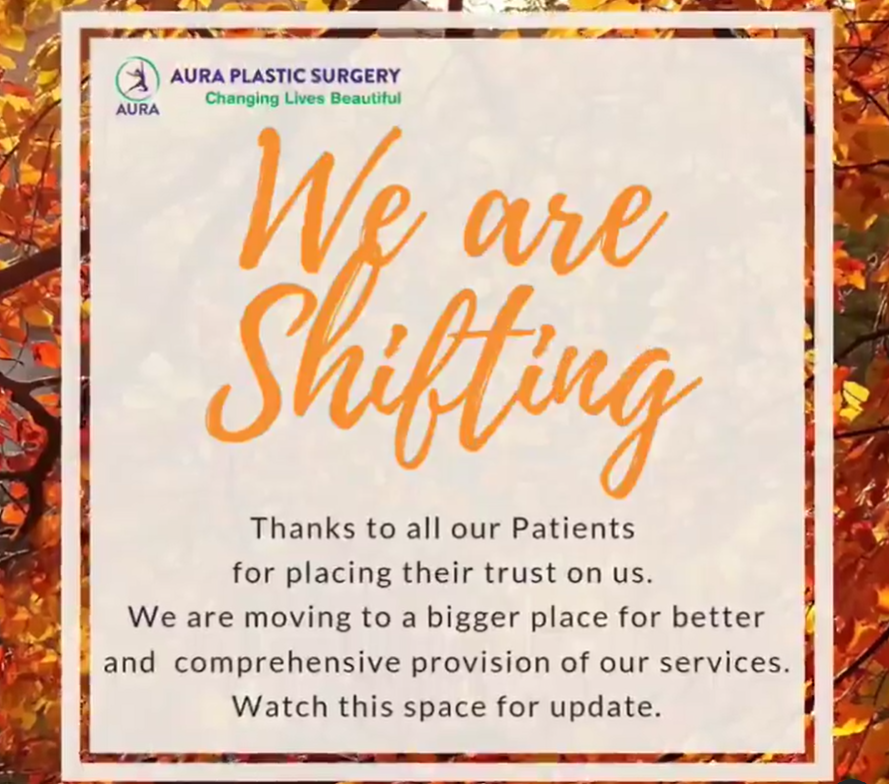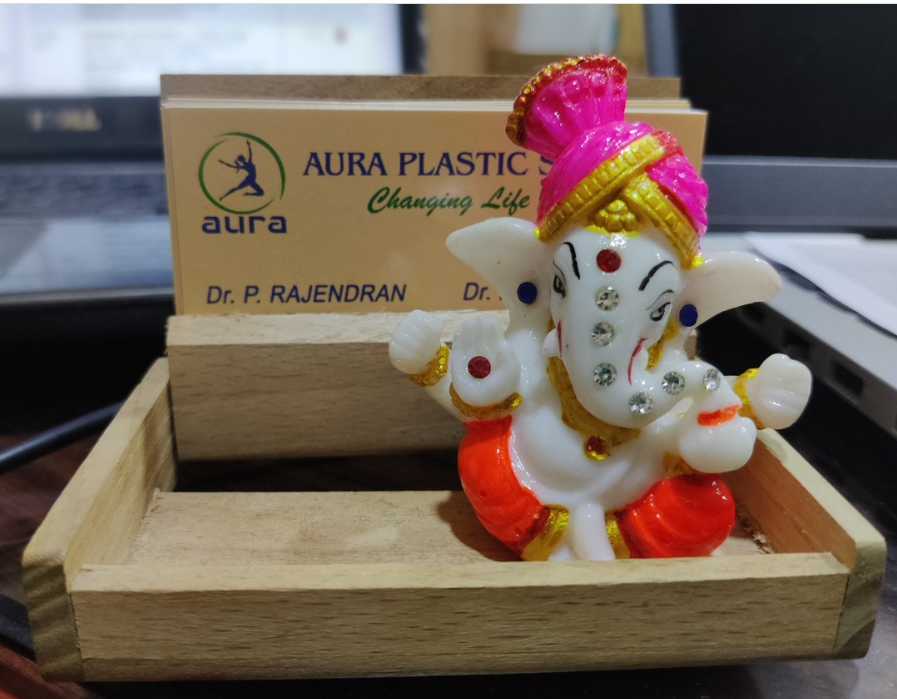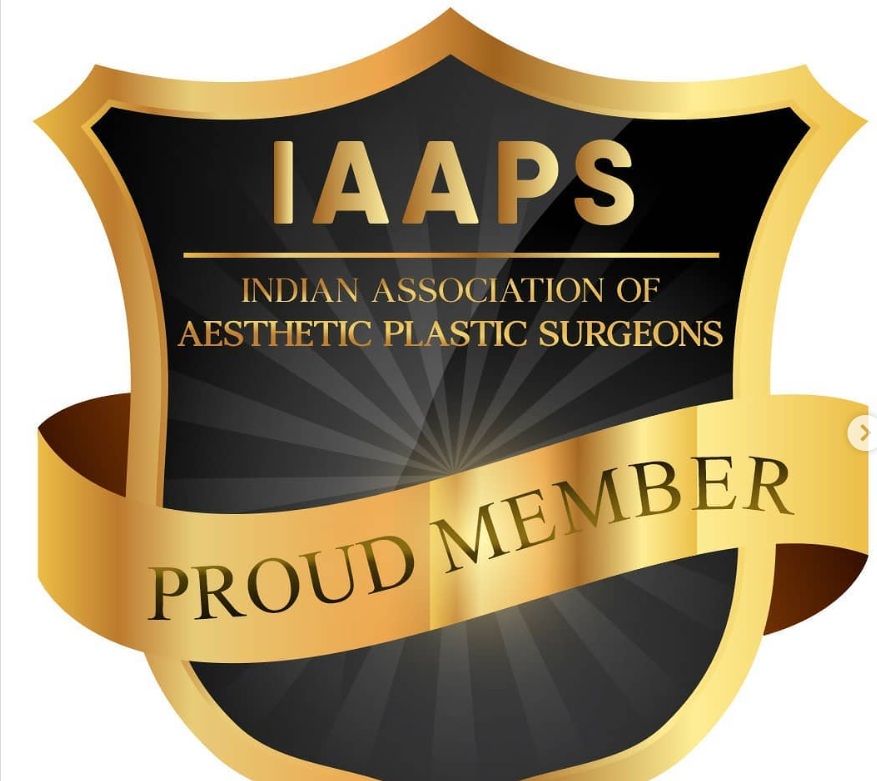Chennai's most trusted Plastic Surgery Clinic
The best clinic for Cosmetic Surgery in Chennai


Dr P. Rajendran
Specialized in Aesthetic Surgery and Wound care
- One of the most experienced surgeons in Hair Fall Management & Hair Transplantation with more than 600 hair transplants
- Specialised in Male Breast reduction , Liposuction, Female Breast Correction and Fat Grafting
- More than a decade experience in advanced procedures in Wound care, especially Diabetic foot care
Our Specialisations
All Your Aesthetic Surgery Needs at One Place

Hair transplant involves transferring hair from your own scalp from the back onto the bald areas, as individual follicles which develop blood supply from the recipient site and can grow naturally.

Liposuction, sometimes referred to as “lipo” by patients, slims and reshapes specific areas of the body by removing excess fat deposits and improving your body contours and proportion.

Gynecomastia can cause emotional discomfort and impair your self-confidence. Some men may even avoid certain physical activities and intimacy. Male Breast Correction surgery can offer true freedom and restore your self-esteem.
Why Choose Us !
- Experienced plastic surgeons
- No compromise policy
- Patient education on understanding the disease/ deformity and treatment
- Comprehensive treatment
- Personalised care
- Updated accepted treatment modalities
Book an appointment with us, get to learn all you need to , be informed and involved and alow us to help you with your aesthetic and wound care needs
Why Choose Us
Specialised Comprehensive treatment for Advanced Wounds and Diabetic Foot

Diabetic Foot Care
Wound healing and management lies at the very foundation of Aura plastic surgery specialty.
- 10+ yrs experience in treating complicated wounds and diabetic foot
- Addressing the cause of wound rather just the wound
- Advanced wound care techniques and surgeries
- Emphasis on functional rehabilitation and social life integration
- Well trained team
- Holistic care
Testimonials
Our Patients' Stories
Follow us in social media to know more
Visit our FB Page for latest updates
Check our Instagram Stories
WE ARE LOCATED AT
Ruby Grand Commercial Block
B-1 First Floor
150 feet New Agaram Main Road
Thiruvanchery (Near Bharath
University)
Selaiyur
Chennai 600073





